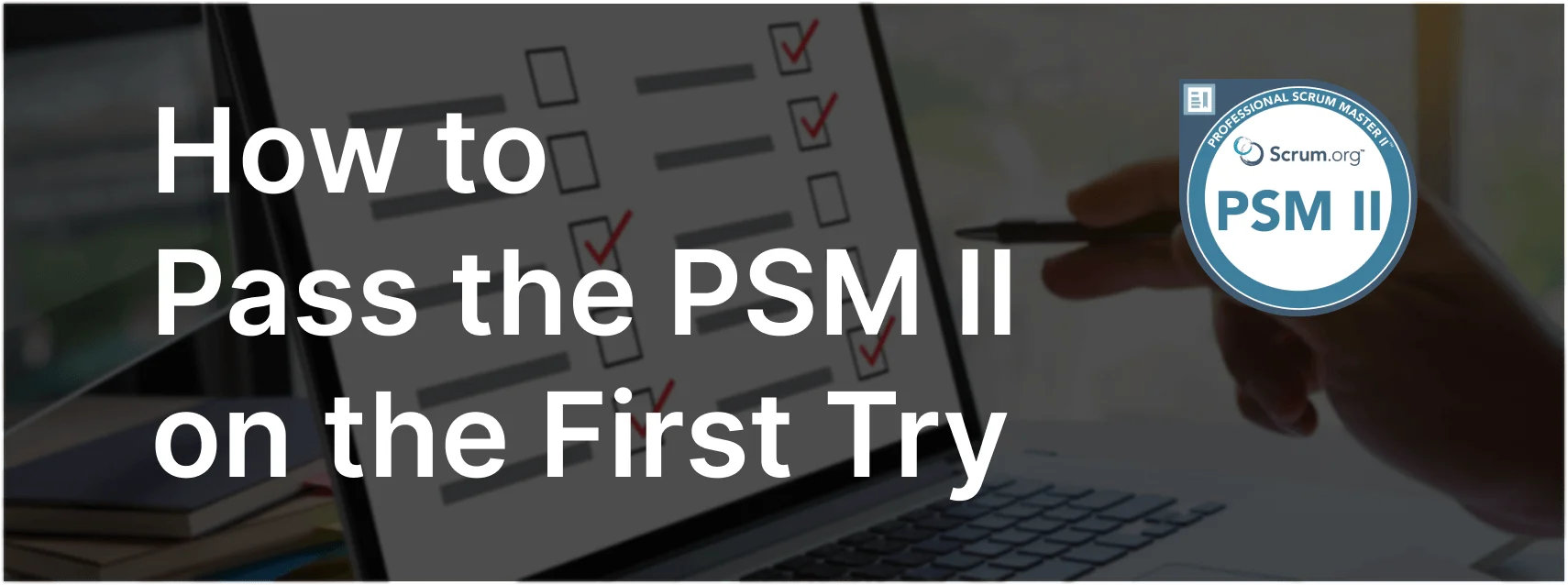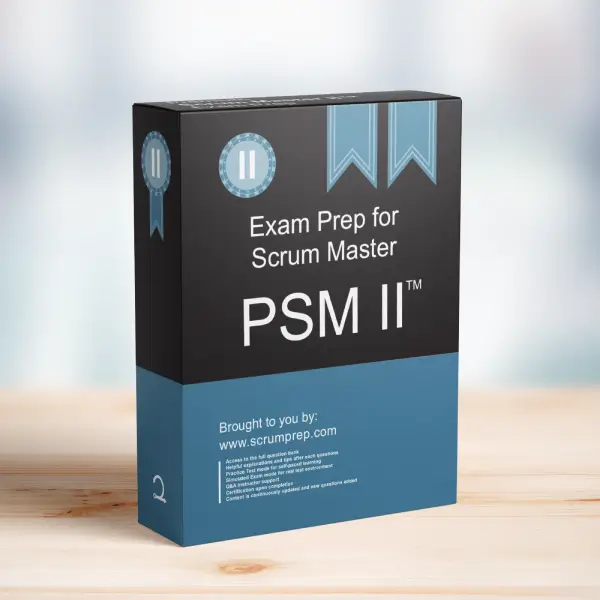Resolving Misunderstandings During Sprint Planning
In Scrum, it is essential to reach a clear understanding of the Product Backlog items during Sprint Planning to ensure a successful Sprint. This article explores a specific exam question about how to handle situations where the Product Owner and Developers cannot reach a mutual understanding during Sprint Planning. The article provides detailed explanations and insights relevant to the PSM II exam.
Exam Question
Towards the end of the Sprint Planning meeting, the Product Owner and the Developers have not been able to reach a clear, mutual understanding about the highest order Product Backlog items. Because of this, the Developers could not figure out how many Product Backlog items they could forecast for the upcoming Sprint. The Product Owner did make clear what business objective he is hoping to achieve with this Sprint. Which of the following two actions would you support? (choose the best two answers)
- A. The Developers forecast the most likely Product Backlog items to meet the business objective and create a Sprint Backlog based on a likely initial design and plan. Once the timebox for the Sprint Planning event is over, they start the Sprint and continue to analyze, decompose, and create additional functionality during the Sprint.
- B. If all agree they can continue the Sprint Planning meeting as a team past its timebox, until an adequate number of Product Backlog items are well enough understood for the Developers to make a complete forecast. Then start the Sprint.
- C. The team splits up and everybody takes as much time as they need to study the Product Backlog items first. The Product Owner should be available to answer individual questions. The group reconvenes when all team members are better prepared and restart the Sprint Planning meeting before the Sprint can start.
- D. They discuss in the upcoming Sprint Retrospective why this happened and what changes will make it less likely to recur.
Correct Answers
A. The Developers forecast the most likely Product Backlog items to meet the business objective and create a Sprint Backlog based on a likely initial design and plan. Once the timebox for the Sprint Planning event is over, they start the Sprint and continue to analyze, decompose, and create additional functionality during the Sprint.
D. They discuss in the upcoming Sprint Retrospective why this happened and what changes will make it less likely to recur.
Explanation
Correct Answers
A. The Developers forecast the most likely Product Backlog items to meet the business objective and create a Sprint Backlog based on a likely initial design and plan. Once the timebox for the Sprint Planning event is over, they start the Sprint and continue to analyze, decompose, and create additional functionality during the Sprint: This approach allows the team to start the Sprint on time while acknowledging that some details need further clarification. The Developers can continue refining their understanding of the Product Backlog items as they progress through the Sprint, ensuring they stay aligned with the business objective.
D. They discuss in the upcoming Sprint Retrospective why this happened and what changes will make it less likely to recur: Reflecting on the root cause of this issue during the Sprint Retrospective allows the team to identify and implement improvements to prevent similar situations in the future. Continuous improvement is a key principle of Scrum, and the Retrospective provides an opportunity to enhance the team’s processes.
Incorrect Answers
B. If all agree they can continue the Sprint Planning meeting as a team past its timebox, until an adequate number of Product Backlog items are well enough understood for the Developers to make a complete forecast. Then start the Sprint: Extending the timebox for the Sprint Planning meeting undermines the principle of timeboxing in Scrum, which is essential for maintaining a predictable and sustainable pace.
C. The team splits up and everybody takes as much time as they need to study the Product Backlog items first. The Product Owner should be available to answer individual questions. The group reconvenes when all team members are better prepared and restart the Sprint Planning meeting before the Sprint can start: Splitting up and taking additional time individually does not promote team collaboration and can lead to further delays. It also disrupts the flow and effectiveness of the Sprint Planning meeting.
Responsibilities in Scrum
- Product Owner: The Product Owner is responsible for ensuring that the Product Backlog items are well-defined and understood by the Developers. They collaborate with the team to clarify requirements and ensure alignment with business objectives.
- Scrum Master: The Scrum Master facilitates the Sprint Planning meeting and ensures that the team adheres to Scrum principles, including timeboxing. They also support the team in continuous improvement efforts.
- Developers: Developers are responsible for creating a Sprint Backlog that reflects the work needed to achieve the Sprint Goal. They collaborate with the Product Owner to clarify requirements and adapt their plan as needed throughout the Sprint.
Relevance to the PSM II Exam
Understanding how to handle misunderstandings during Sprint Planning and ensure that the team can start the Sprint on time is crucial for the PSM II exam. It demonstrates advanced knowledge of Scrum principles and the ability of the Scrum Master to guide the team in maintaining focus and continuous improvement. Mastering this concept ensures that Scrum Masters can support their teams in delivering value consistently.
Key Takeaways
- Starting the Sprint on time while continuing to refine understanding of the Product Backlog items is crucial for maintaining a predictable pace.
- Reflecting on issues during the Sprint Retrospective helps the team identify and implement improvements for future Sprints.
- Adhering to timeboxing in Scrum events is essential for maintaining sustainability and predictability.
Conclusion
Effectively handling misunderstandings during Sprint Planning requires a balance of immediate action and continuous improvement. By starting the Sprint on time and addressing the root cause of the issue during the Sprint Retrospective, the Scrum Team can maintain a predictable pace and continuously enhance their processes. Understanding these principles is crucial for effective Scrum implementation and success in the PSM II exam. For comprehensive preparation and practice exams, check out PSM II Exam Prep to enhance your understanding and application of Scrum principles.



